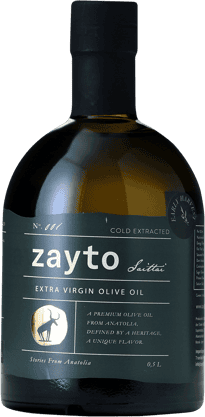Live
Turkey
Many groves entering an ‘off-year’ and winter-like conditions in the spring hurt the 2023/24 harvest. However, officials and some producers are optimistic about the long-term success of the sector.
2023/2024 Turkey harvest report16Gold Award
11Silver Award
 2024 Turkey harvest report
2024 Turkey harvest report
After a record-breaking year, Turkish officials and producers anticipate a far more modest harvest in the 2023/24 crop year. Olive oil production is estimated to reach 180,000 tons. Farmers, millers and officials attributed the production decrease to many groves entering an ‘off-year’ in the olive tree's natural alternate bearing cycle and the extension of cold weather and winter-like conditions into late spring, which disrupted fruitsetting in the trees. The everpresent challenges of inflation paired with an indefinite ban on bulk olive oil exports have provided significant challenges to producers and consumers. Officials believe that individually packaged exports will benefit from the ban, while bulk exporters will need to adapt. Turkey has historically been the world’s fifth-largest olive oil producer. Last year, the country’s 421,000-ton harvest placed it as the second-largest. Officials in Turkey believe that concerted government efforts to plant new trees and improve milling infrastructure will allow the country to consistently be the second-largest producer and possibly the largest. The government has also gone to great lengths to have the European Union recognize its local varieties with Geographical Indications. While the widespread commercial varieties of Picual, Arbequina and Koroneiki are not unusual, Turkish farmers are cultivating more native Ayvalik, Domat, Edremit, Memcik and Trilye olive trees to showcase at home and abroad. Most Turkish olive oil production takes place on the west coast of Anatolia, which makes up most of the country. However, olive groves are also widespread across southern and southeastern Turkey as well. Find out more about the latest developments in the Turkish olive oil sector here.
2023/2024 Turkey Harvest by Numbers

180K Tons
Production
130K Tons
Exports


























